How To Make Aloe Vera Juice At Home (Easy DIY Recipes)
Ditch your store-bought aloe vera juice because you can now make it at home easily.
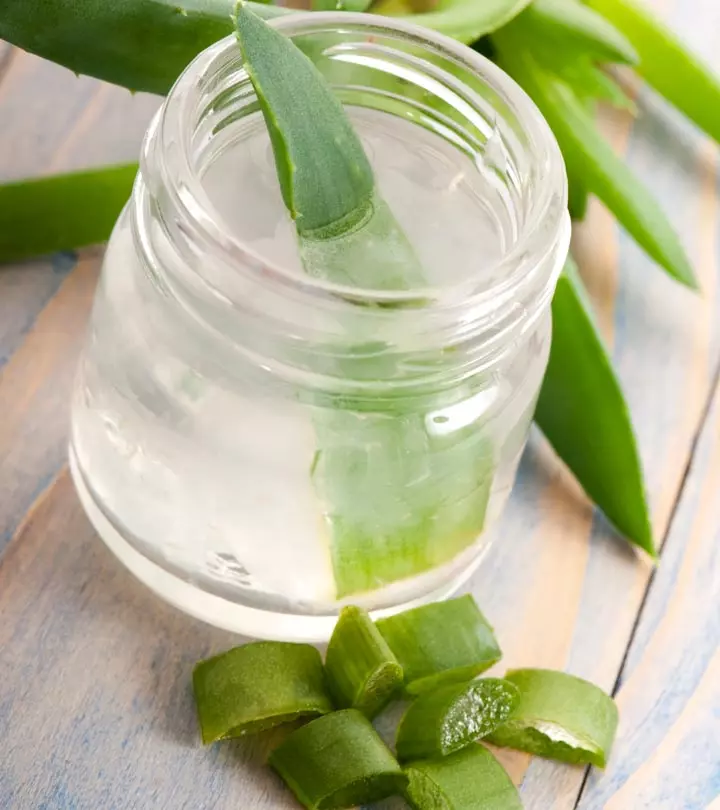
Image: iStock.com
Aloe vera is popular for its many health benefits, and rightly so! While there are many commercial aloe vera formulations available claiming to be 100% pure and effective, you can’t really be sure! That’s when you may want to make your own aloe vera juice at home! All you need is a good healthy aloe vera plant with you and you are all set! Read on to know more about how you can make aloe vera juice yourself and use it for its many benefits!

 Know Your Ingredient: Aloe Vera Juice
Know Your Ingredient: Aloe Vera JuiceWhat Is It?
A succulent plant rich in nutrients, used for its medicinal and nutritional value.
What Are Its Benefits?
Boosts energy levels, soothes and heals skin injuries and burns, manages acne, relieves acid reflux, supports immune health, and manages digestive issues.
Who Can Use It?
Generally safe for consumption by all, except those with an aloe vera allergy.
How Often?
2 glasses a day
Caution
Excessive consumption can cause digestive issues due to its laxative effect.
In This Article
Aloe Vera—A Brief
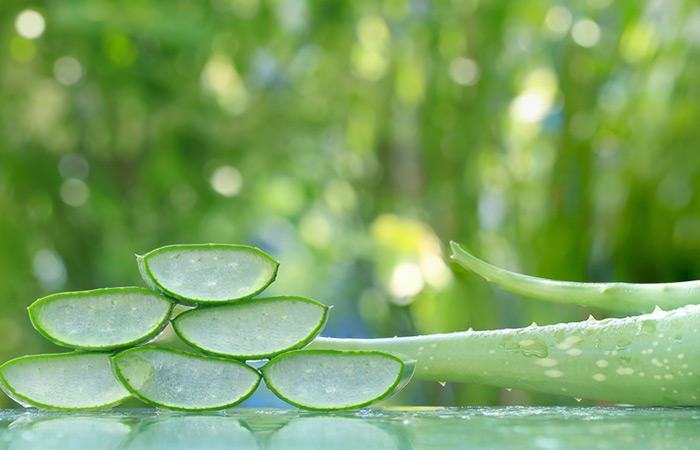
Scientific Name—Aloe barbadensis miller
This medicinal plant needs no introduction as it finds its uses in almost every beauty and health product out there in the market.
Technically, aloe vera is a stemless (or very short-stemmed) plant that grows up to 24 to 39 inches and has a very typical Sub-Saharan origin. But do not underestimate this pocket-sized powerhouse. The thick and fleshy green leaves are the ones that contain your medicinal cure for every health and skin woe. This gel is pretty gooey and readily available in the market. However, they’re often infused with certain chemicals to keep the gel stable.
Aloe vera is grown in most of the tropical and sub-tropical regions of the world and holds a special place in the traditional Chinese, Middle-eastern and Indian herbal medicine streams.
Also called as the ‘Lily of the Desert’, aloe vera contains about 200 biologically active components including essential vitamins (A, B1, B2, B3, B6, B12, C, and E), minerals (magnesium, iron, calcium, zinc, choline, selenium, and potassium) and amino acids (1). Yep, you read it right.
Energy replenishment, skin injuries, burns, acne, acid reflux—name a condition, and you will find its cure in this amazing plant. The gel of aloe vera plant can be made into a clear juice which when had twice a day can save you from the health issues, and make your skin better.
It also contains minerals such as germanium, iron, and copper—all of which have healing properties (1). What’s more, the religious usage of this juice helps with the detoxification of the body by promoting hydration and digestion as well as preventing inflammation. If you are not fond of the bland taste of this juice, you can mix it with different special ingredients like citrus and honey to churn out the best from them. Plus, the excessive presence of vitamin C in the citrus fruits enhances the iron absorption in the body.
Cherie Johnson, a lifestyle blogger, shared that drinking aloe vera helped treat her constipation. She said, “I hate laxatives and I found this 98% Aloe Vera juice in the laxative aisle at CVS. Since then, it’s become one of my best friends. I drink a glass every day (i).”
Aloe vera also has anti-inflammatory, antiviral, antifungal and antibacterial properties. Plus, the presence of polysaccharides and antioxidants in this plant helps provide immune-boosting benefits. Drinking aloe juice regularly is heart friendly too, because of the presence of B-sitosterol that prevents the cholesterol absorption in the system and aids in the lowering of triglyceride levels. Aloe vera also has strong laxative properties that work wonders when you are suffering from constipation (2).
 Fun Fact
Fun FactWell, that was all about the physical properties of this incredible plant. You may also explore various aloe vera juice benefits that will motivate you to try these recipes at home.
Key Takeaways
- Aloe vera contains proteins, minerals, and other essential nutrients that boost immunity and aid iron absorption in the body.
- You can mix aloe vera juice with honey and orange juice to add a nice flavor.
- Consume aloe vera juice twice a day to reap its benefits.
- Ensure that you remove the latex before consumption as it may cause severe diarrhea.
The Best Way To Prepare Homemade Aloe Vera Juice
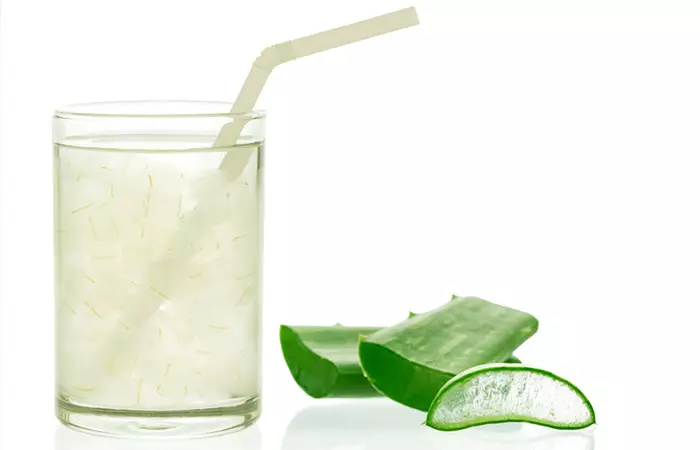
Now that you’ve identified the numerous health benefits of aloe vera, it’s time to know the recipe for making aloe vera juice on your own. Homemade juice ensures the presence of all the essential nutrients, which are often lost in the commercialisation process. What’s more, it helps in extending the shelf life of the product.
Before making aloe vera juice, it is crucial to properly evaluate the aloe vera leaf to ensure the highest quality. Choose a mature, healthy leaf that is free from damage or pests. This ensures that you are making your juice from the most nutrient-dense portion of the plant. To get the gel, carefully peel off the outer layer and stay away from the yellowish latex as it may irritate the digestive tract. To maintain the quality of the gel, take special care when extracting it.
This is how to prepare aloe vera juice at home yourself:
What You Need
- 1 large aloe vera leaf
- A sharp knife
- Spoon
- Small bowl
- Blender
- 3 cup water
What You Need To Do
- Cut out one large and healthy leaf from your aloe plant. You can gently pull them off too, but cutting would be essential if your plant is sturdy, just like mine.
- Remove the outer thorny layer of the leaves with the help of a sharp and pointy knife. This step will expose the latex of the leaves (a yellow layer that resides directly underneath).
- Cut through the latex of the leaf with the same knife and scoop out the inner clear aloe vera gel with the help of a small spoon. The tip of the knife can also be used.
- Transfer the gel into a small bowl.
- In the next step, examine the gel for any latex remnants. Removing the latex is important as they are the one carrying strong laxative properties.
- For making juice, take out two tablespoons of the aloe gel and put it into a blender.
- Add water and blend it on a low setting for three to five minutes.
- Pour out your juice in a clear glass. You can add a dash of lemon or ginger for added taste.
- Your delicious glass of aloe juice is ready. If you wish, you may also dilute this juice with other juices or water to enhance its taste or flavor. You may also consume it in its natural state, but be aware of its laxative effect.
Other Variations Of Aloe Vera Juice
The simple and plain aloe juice may not rouse the interests of many of us, including me. I personally won’t take anything that is bland or has no particular taste. Thus, I try to make other variations of a healthy treat that have other valuable additions that can further add on to the health factor of the particular item.
Here are two of my tried and tested variations on how to make aloe vera juice:
1. Aloe Vera And Orange
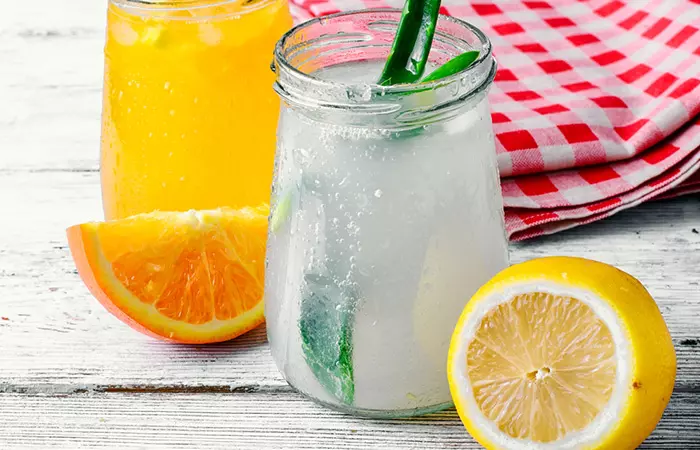
Orange is my all-time favorite flavor, be it in popsicle or juice.
What You Need
- 1 large healthy aloe leaf
- 1 tablespoon white vinegar (optional)
- 1 cup water
- 1 cup orange juice
What You Need To Do
- Follow the steps written in the first section to scoop out the aloe gel and store them in a small bowl.
- Place two tablespoons of this gel into a hand blender.
- Add one cup of orange juice to the blender.
- Blend the juice on a low setting for a few minutes, until the gel dissolves.
- Pour this juice into a glass and have this fresh health drink first thing in the morning.
- If you aren’t that fond of orange juice, you can add any citrus-based juice to make your own version.
 Quick Tip
Quick Tip2. Aloe Vera And Honey
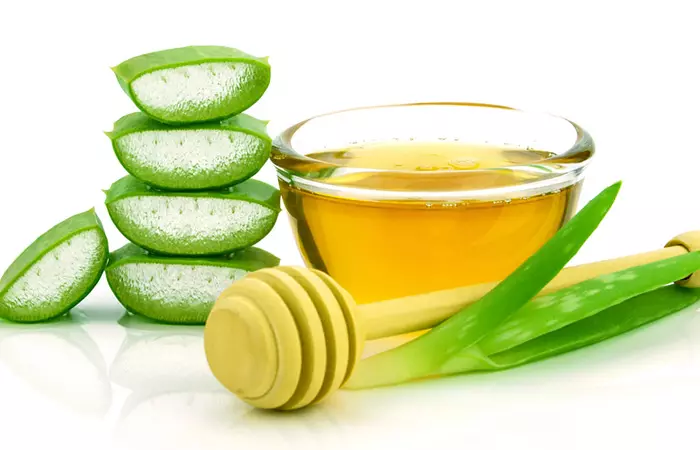
Honey is another ingredient I swear by. But for this variation, you need to be of age. If you aren’t, parental discretion is advised (wink, wink). This variation enhances the flavor with natural sweetness while delivering added health benefits, such as honey’s natural antimicrobial properties (3).
What You Need
- 1 cup aloe vera gel
- 1 cup honey
What You Need To Do
- Follow the same steps as the earlier method to scoop out authentic aloe gel.
- Add them in a blender along with honey and blend for two to three minutes on a low setting.
- Mix well and pour it into a glass jar.
- Store it in a cool and dry place.
- Have a spoon of this mixture about two to three times in a day, preferably two hours before you eat anything.
- Repeat this process daily for 10 days. Stop and resume after 10 days.
Now that you know how to make aloe vera juice at home, remember to not over-consume it as it may lead to side effects. Learn more in the next section.
Side Effects Of Aloe Vera Juice
- Aloe vera juice has laxative properties and may cause diarrhea when consumed in excess. Its phenolic compounds may also cause irritation in the digestive tract (3).
- Aloe vera juice may affect the sodium and potassium levels in the body. This may lead to an increased risk of arrhythmia, abdominal cramping and pain, muscle weakness, electrolyte imbalance, and renal dysfunction (4).
- Consuming whole aloe leaf extracts may increase cancer risk. In mice studies, consumption of whole-leaf extracts was found to increase the risk of carcinomas (5). However, more research is needed in humans.
- Aloe vera juice may interact with certain medications and increase the risk of potassium depletion (6).
Apart from these adverse effects, you also need to consider certain other aspects before consuming aloe vera juice. Learn more in the next section.
Tips And Warnings

- Aloe Vera juice should be taken twice a day to reap most of the health benefits it offers.
- Make sure you don’t take out more than four tablespoons of aloe gel at once. It will serve you for a day.
- Refrigeration is a must. If you want, you can make a glass for later use (the same day only) and save it in the fridge.
- Removal and blending of the aloe vera juice should be done as quickly as possible, as the gel is known to oxidize fast. Oxidation process will break down the aloe vera gel, and it might lead to losing of a certain number of nutrients.
- It is super important to remove the latex of this plant, as its ingestion can cause diarrhea and severe stomach discomfort.
- It is advisable to speak with your doctor before adding aloe vera juice to your regimen, especially if you are pregnant, nursing, or using medication.
As you just saw, how to make aloe vera juice is a simple process. But it will most definitely ensure that you are away from all the possible additives and chemicals, providing health in the best way.
Infographic: Aloe Vera Juice Uses, Preparation, And Storage
Aloe vera, from ancient times, is known for its medicinal properties and is an important ingredient in skin and hair care products. However, store-bought aloe juice may not offer the desired benefits. Hence, preparing it at home helps eliminate the risk of any side effects.
The following infographic provides information about the uses of aloe vera juice, preparation, and storage. Check it out!
Some thing wrong with infographic shortcode. please verify shortcode syntax
Aloe vera is loaded with several essential nutrients. Its juice is popular for its health benefits and is readily available on the market. However, you can also prepare aloe vera juice easily at home. You need aloe vera and water to prepare the juice. You can also add oranges, honey, and white vinegar to your aloe vera juice. Prepare your aloe vera juice at home and enjoy its many benefits.
Frequently Asked Questions
Can I use store-bought aloe vera gel instead of fresh?
Yes, you can use store-bought aloe vera gel instead of fresh, as long as it is 100% pure and free from additives. Even though fresh aloe vera provides more natural nutrients, you can still get the same benefits from high-quality store-bought gel.
How long can I store homemade aloe vera juice?
You can keep homemade aloe vera juice in the refrigerator for up to 5–7 days. Store it in a cool place and sealed container to preserve freshness and avoid spoiling.
Is it safe to drink aloe vera juice every day?
Yes, it is safe to drink aloe vera juice every day. However, avoid overconsuming it as it may trigger diarrhea and cramping.
Can we drink aloe vera juice directly?
Yes, aloe vera juice can be consumed directly. You also can mix it with water, honey, or lemon juice to reduce the bitter taste.
Can I boil aloe vera and drink it?
Yes, aloe vera can be boiled for 10 minutes. However, ensure to cool it up to 5°C afterward to preserve its biological activity.
Can we drink aloe vera juice on an empty stomach?
Yes, you can drink aloe vera juice on an empty stomach. It helps better absorb nutrients.
Illustration: How To Make Aloe Vera Juice At Home (Easy DIY Recipes)
_illustration.jpg.webp)
Image: Dall·E/StyleCraze Design Team
The following YouTube tutorial offers a step-by-step guide on how to make aloe vera juice at home. It shows a process that is easy to follow. Check out the video for a DIY guide to making aloe vera juice!
Personal Experience: Source
StyleCraze's articles are interwoven with authentic personal narratives that provide depth and resonance to our content. Below are the sources of the personal accounts referenced in this article.
i. Why I Drink Aloe Vera Juicehttps://adviceformysistascom.wordpress.com/2018/09/12/61/
References
Articles on StyleCraze are backed by verified information from peer-reviewed and academic research papers, reputed organizations, research institutions, and medical associations to ensure accuracy and relevance. Read our editorial policy to learn more.
- Evaluation of the Nutritional and Metabolic Effects of Aloe vera
https://www.ncbi.nlm.nih.gov/books/NBK92765/ - Evaluation of biological properties and clinical effectiveness of Aloe vera: A systematic review – ScienceDirect
https://www.sciencedirect.com/science/article/pii/S2225411014000078 - Antimicrobial properties of honey
https://pubmed.ncbi.nlm.nih.gov/23782759/ - Aloe vera: A review of toxicity and adverse clinical effects
https://www.ncbi.nlm.nih.gov/pmc/articles/PMC6349368/ - Changes in Serum Electrolytes, Urea, and Creatinine in Aloe Vera-treated Rats
https://www.ncbi.nlm.nih.gov/pmc/articles/PMC3385221/ - Clear Evidence of Carcinogenic Activity by a Whole-Leaf Extract of Aloe barbadensis Miller (Aloe vera) in F344/N Rats
https://www.ncbi.nlm.nih.gov/pmc/articles/PMC3537128/ - Interactions between Food and Drugs, and Nutritional Status in Renal Patients: A Narrative Review
https://www.ncbi.nlm.nih.gov/pmc/articles/PMC8747252/
Read full bio of Dr. Zeel Gandhi
Read full bio of Tanya Choudhary
Read full bio of Ravi Teja Tadimalla
Read full bio of Himanshi Mahajan






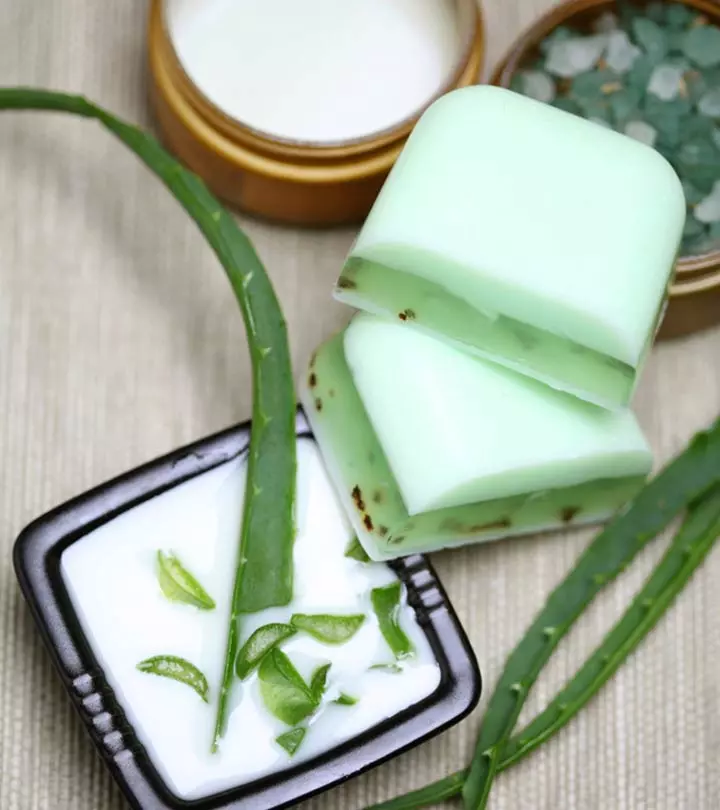







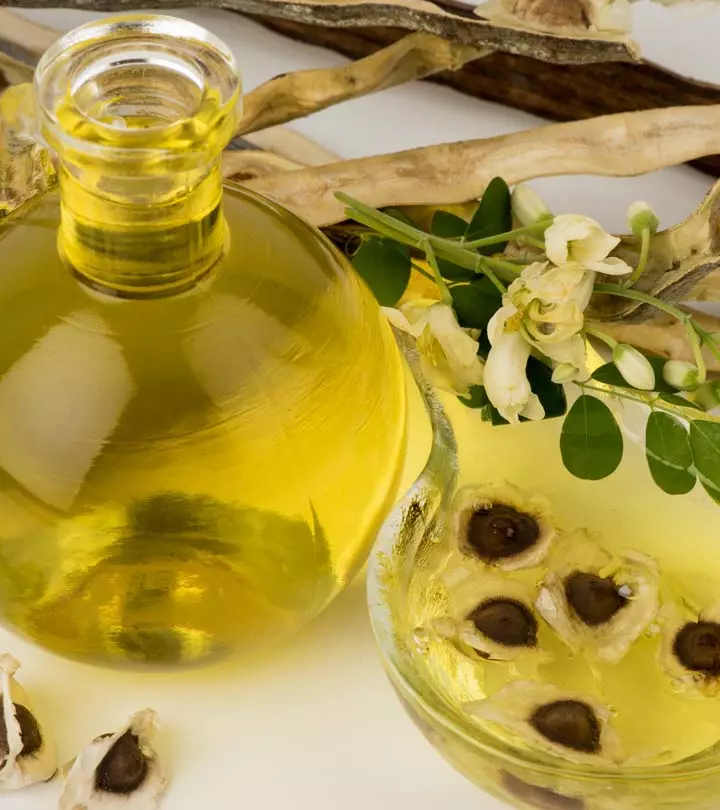
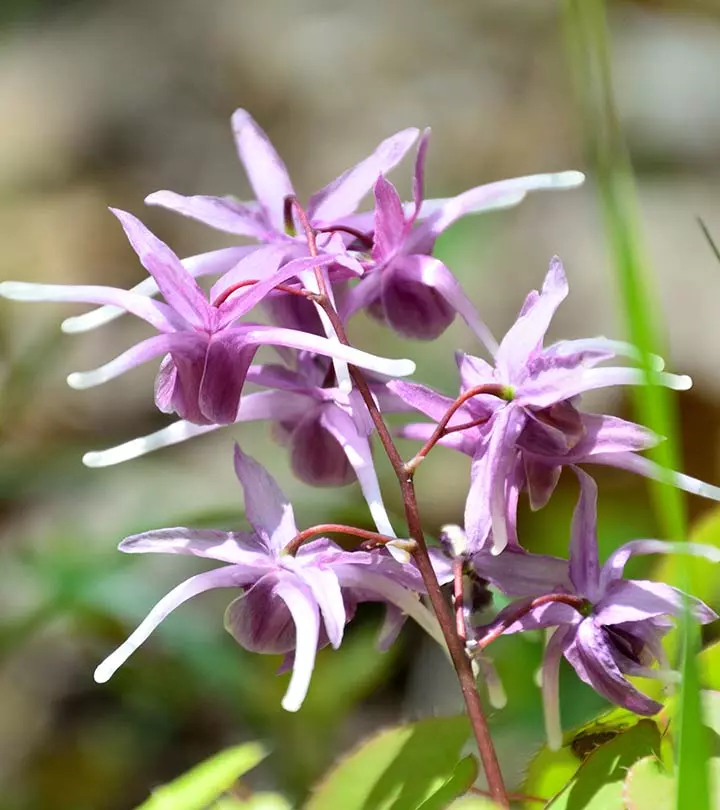
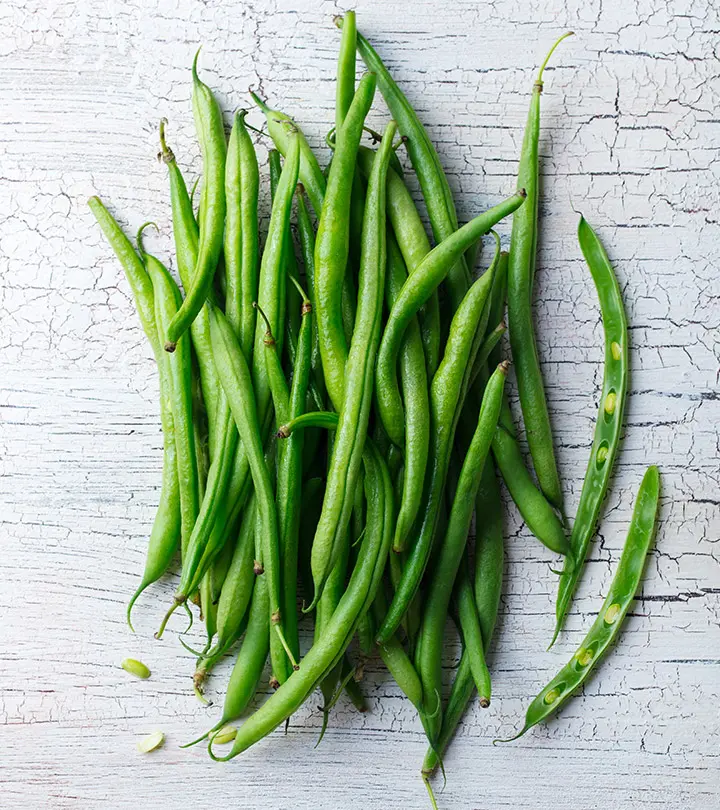
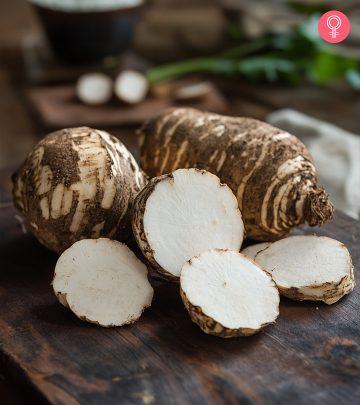
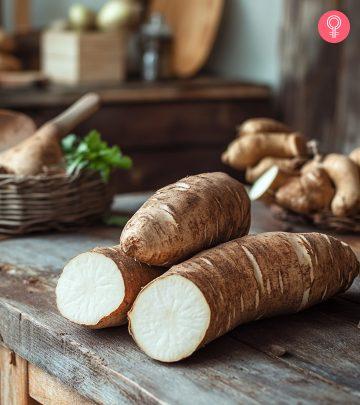

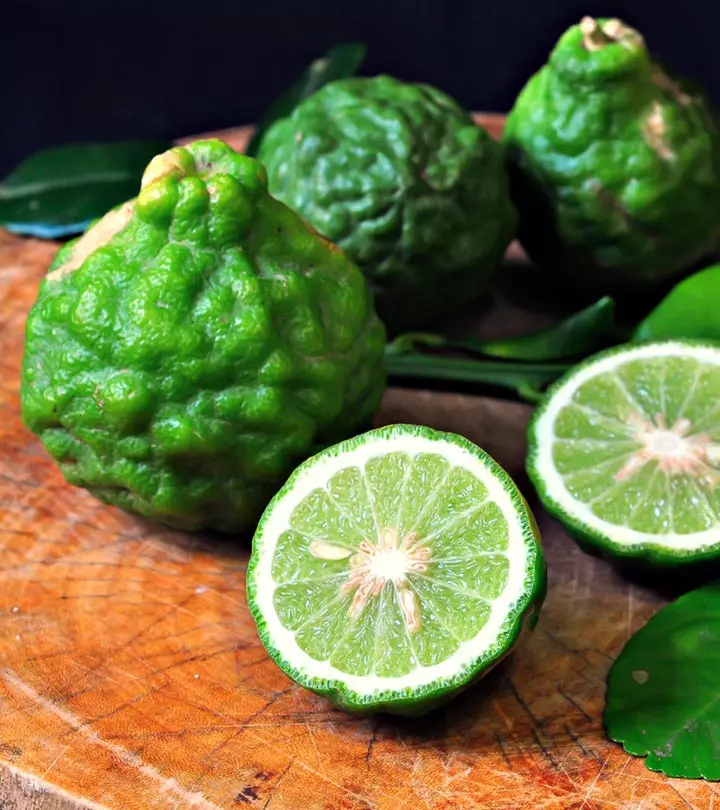

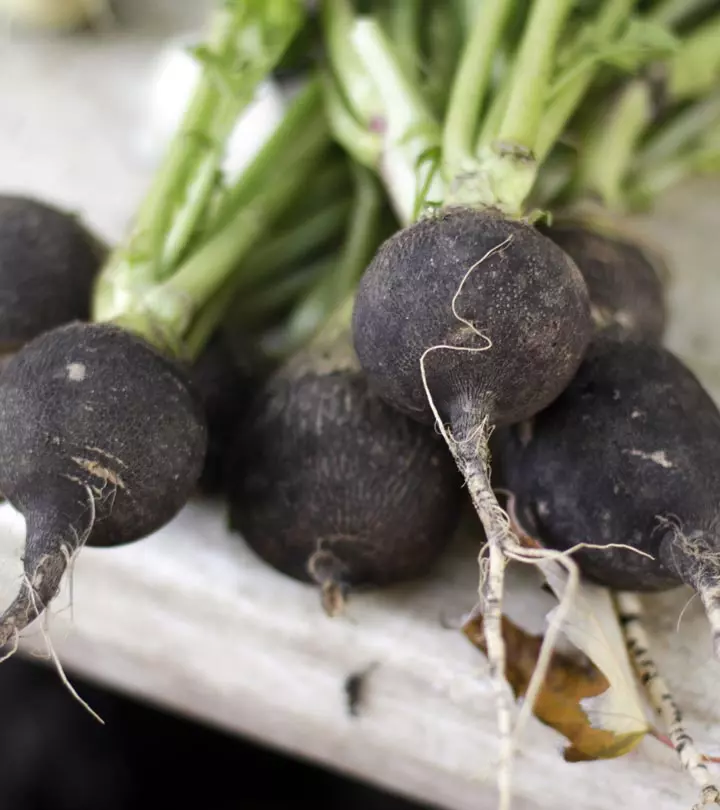
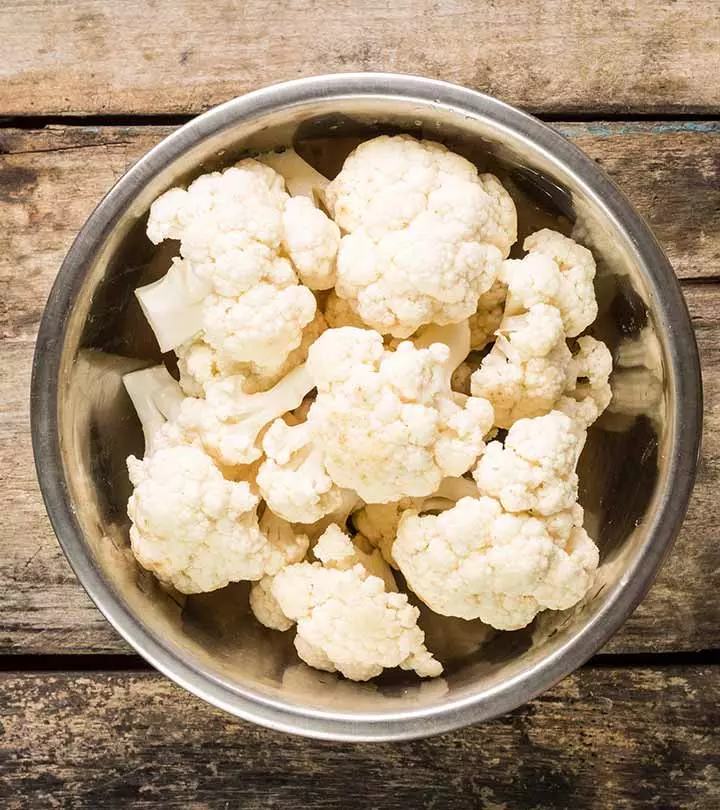
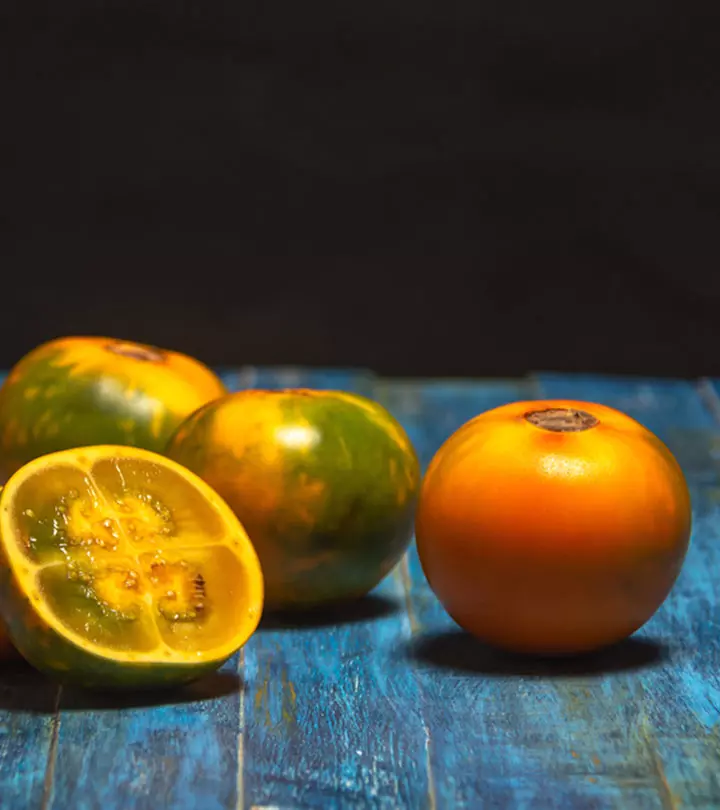

Community Experiences
Join the conversation and become a part of our empowering community! Share your stories, experiences, and insights to connect with other beauty, lifestyle, and health enthusiasts.